Beyond the conception, the planning stage involves the following phases:
- Setting goals for the game development team; determining the direction of the game process and its certain aspects (visuals, narrative, designed player experience);
- Research of the game market that allows you to incorporate common people's preferences in your game and to develop an in-depth understanding of the competitive environment;
- Drawing up a work plan that includes an overall vision, timelines, concrete steps, and resources needed (budget, technical resources, etc.;
- Distribution of team roles and responsibilities;
- Risk assessment includes factors like the technical complexity of the project, issues with finding resources, negative external impact on your sales, and so on.
Design and Development Process
To create a coherent and holistic user experience, this phase requires close collaboration and effective communication among different specialists: developers, designers, plot writers, artists, and other specialists. The focus is on a combination of originality and impeccable technical execution.
While writers craft the plot, characters' stories, and personality traits, artists take on the visual side, and programmers code game mechanics. The process also entails adding sound effects and corresponding visuals to optimize the player experience and align it with the game vision.
There are four key components of the main game design stage:
- Narrative: creating a convincing and fascinating storyline that keeps the player hooked. It consists of crafting character arcs, general world-building, and settings, and sketching out all plot lines;
- Artistic work: visual depiction of characters, clothes, environment, and different locations. Artwork plays a crucial role in setting the right atmosphere for the game;
- Character design: memorable individual traits, relating backstories, and distinguishing appearance are the most powerful factors that make the story meaningful for players, thereby keeping them engaged;
- Layout of levels: designing diverse spaces within the game is essential to making the game exciting and fair. It encompasses challenges and rewards that differ for each complexity stage, objects the player can interact with, and the system of earning experience points and money.
Testing and Preparation for Launch
If you want your game to rank highly on Google, you need to thoroughly compute the system's performance: speed, graphics, sounds, stitching, and other technical issues. Thus, when the game is ready, our specialists conduct multiple tests to reveal and fix arising bugs and glitches to ensure the stability and operability of the gameplay.
Testing typically involves two steps: alpha testing and beta testing. The first is testing by small groups, while the second is checking the game's quality of performance by large groups of people. This way, our specialists ensure that the game is ready for consumers.
Last but not least is finalizing marketing strategies, preparing advertising materials and distribution tactics, as well as planning post-release support.
We prioritize a comprehensive testing process, rigorous bug checks, and thorough promotion planning to achieve a positive perception of your game!

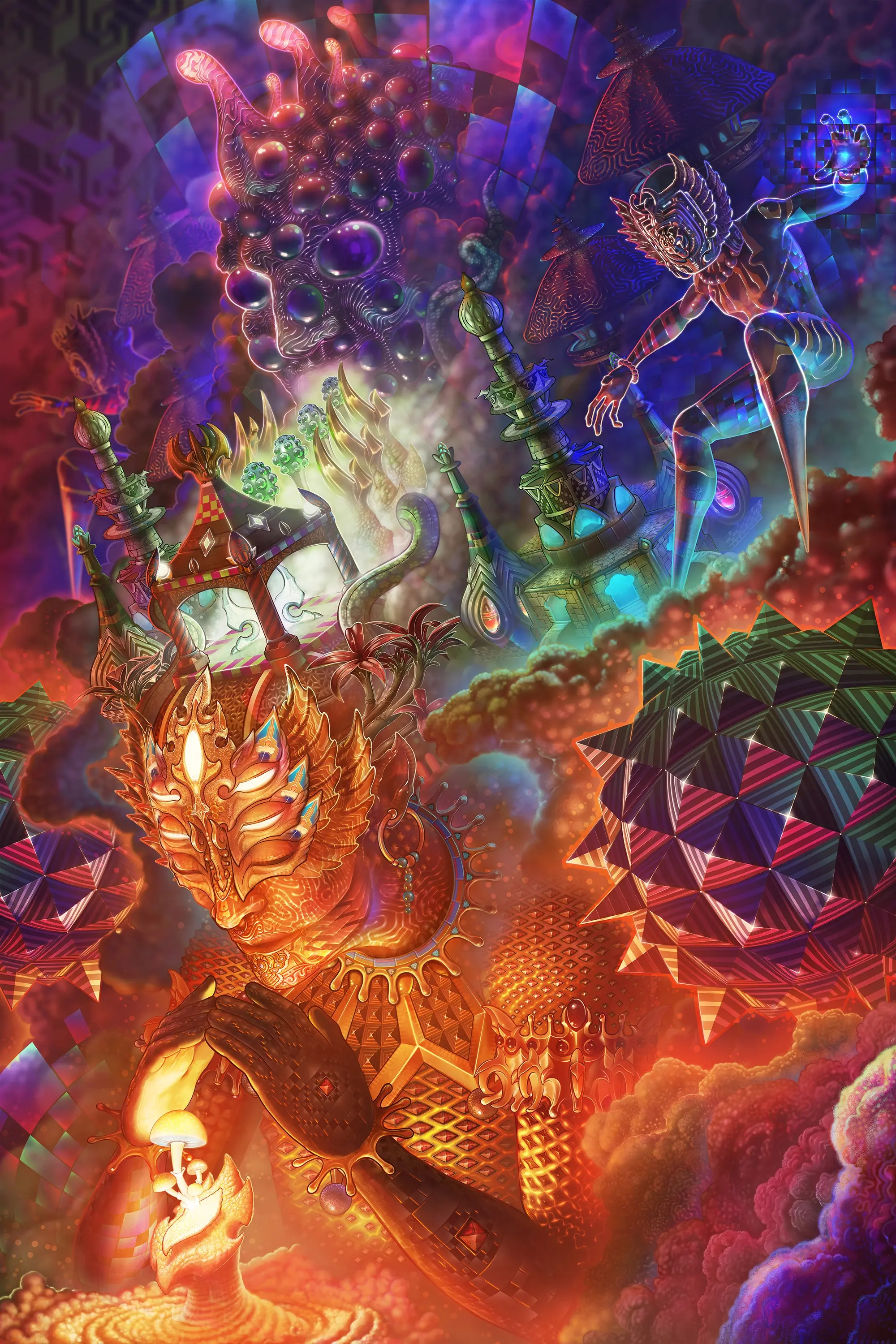
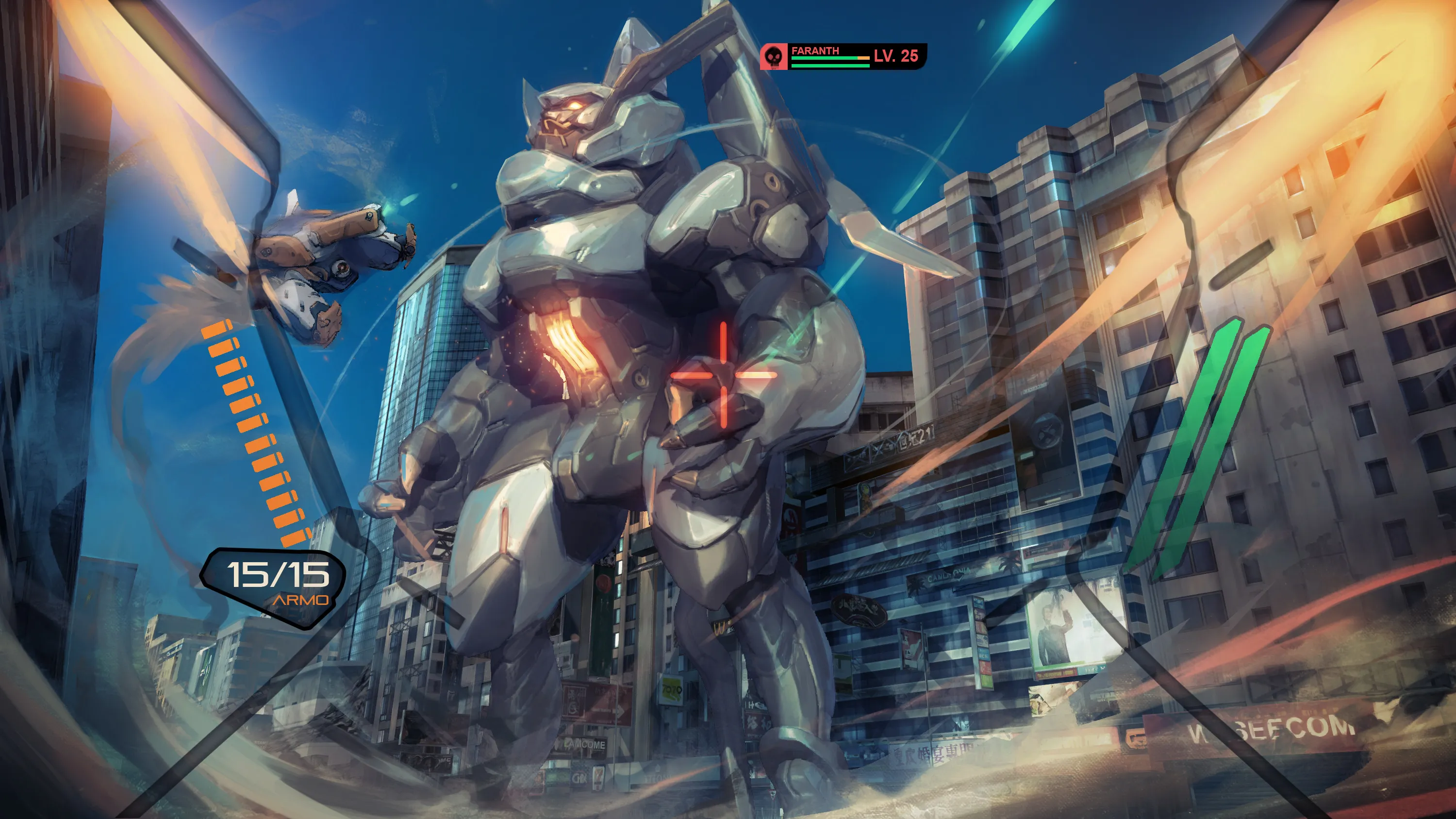
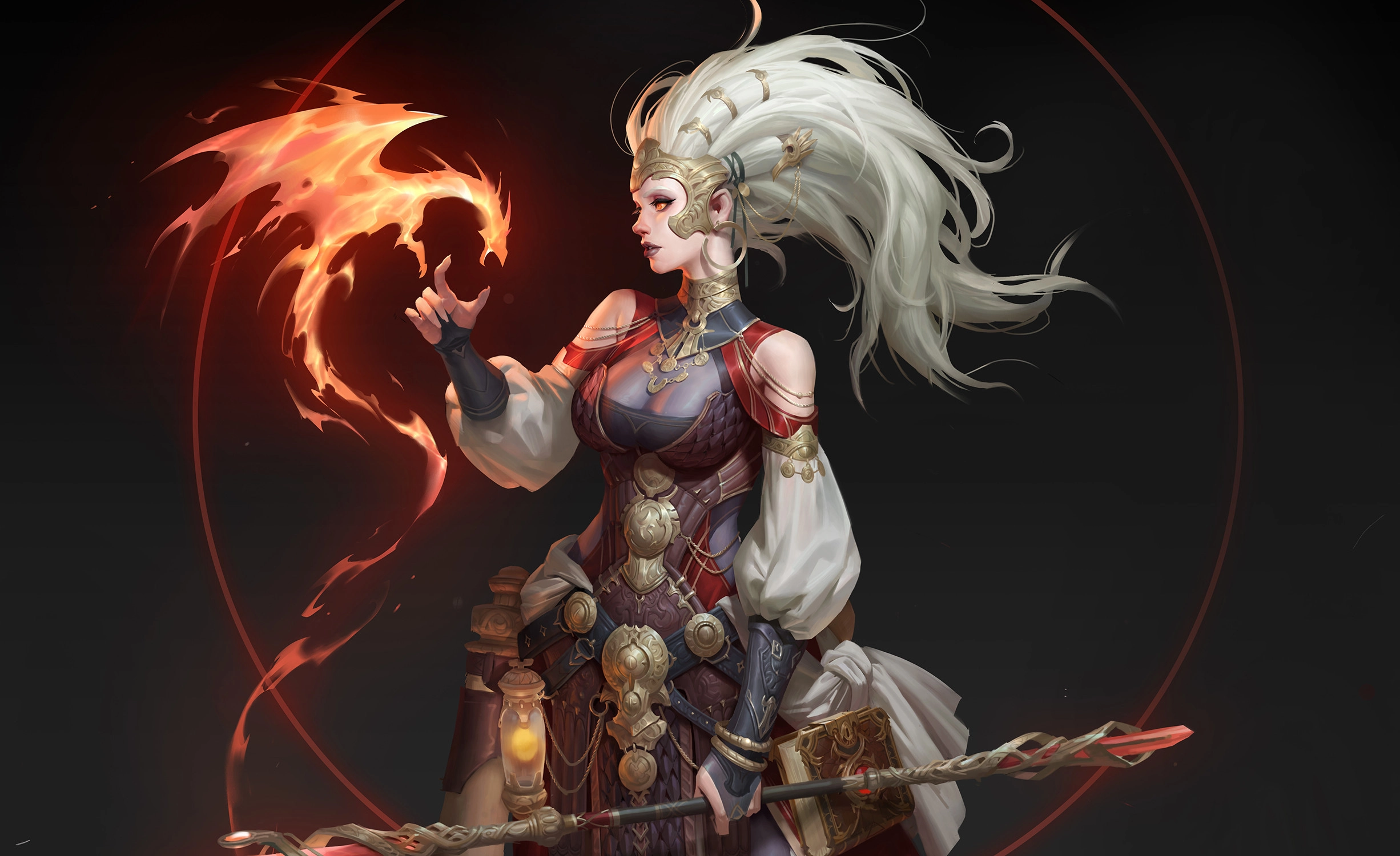
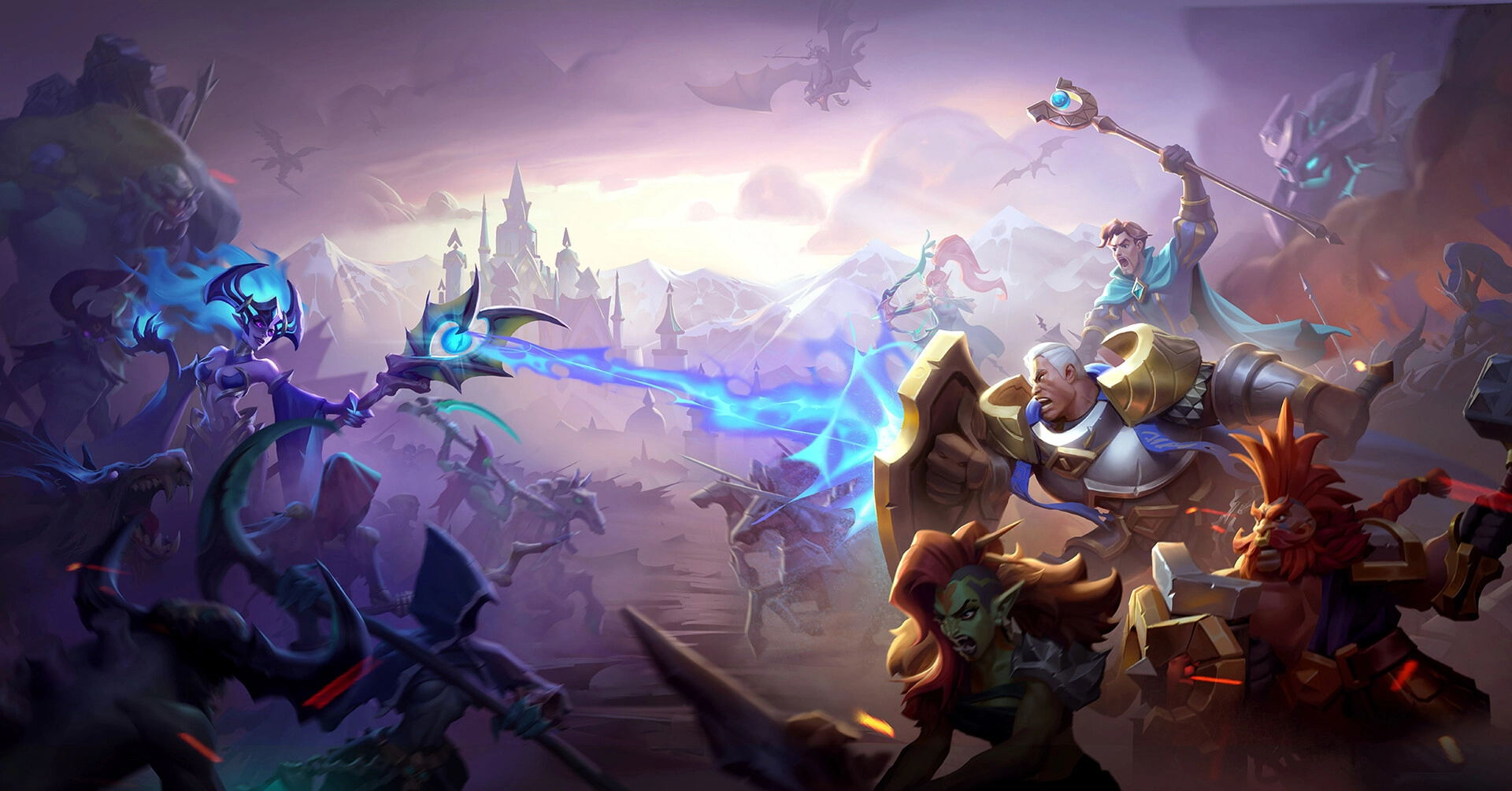
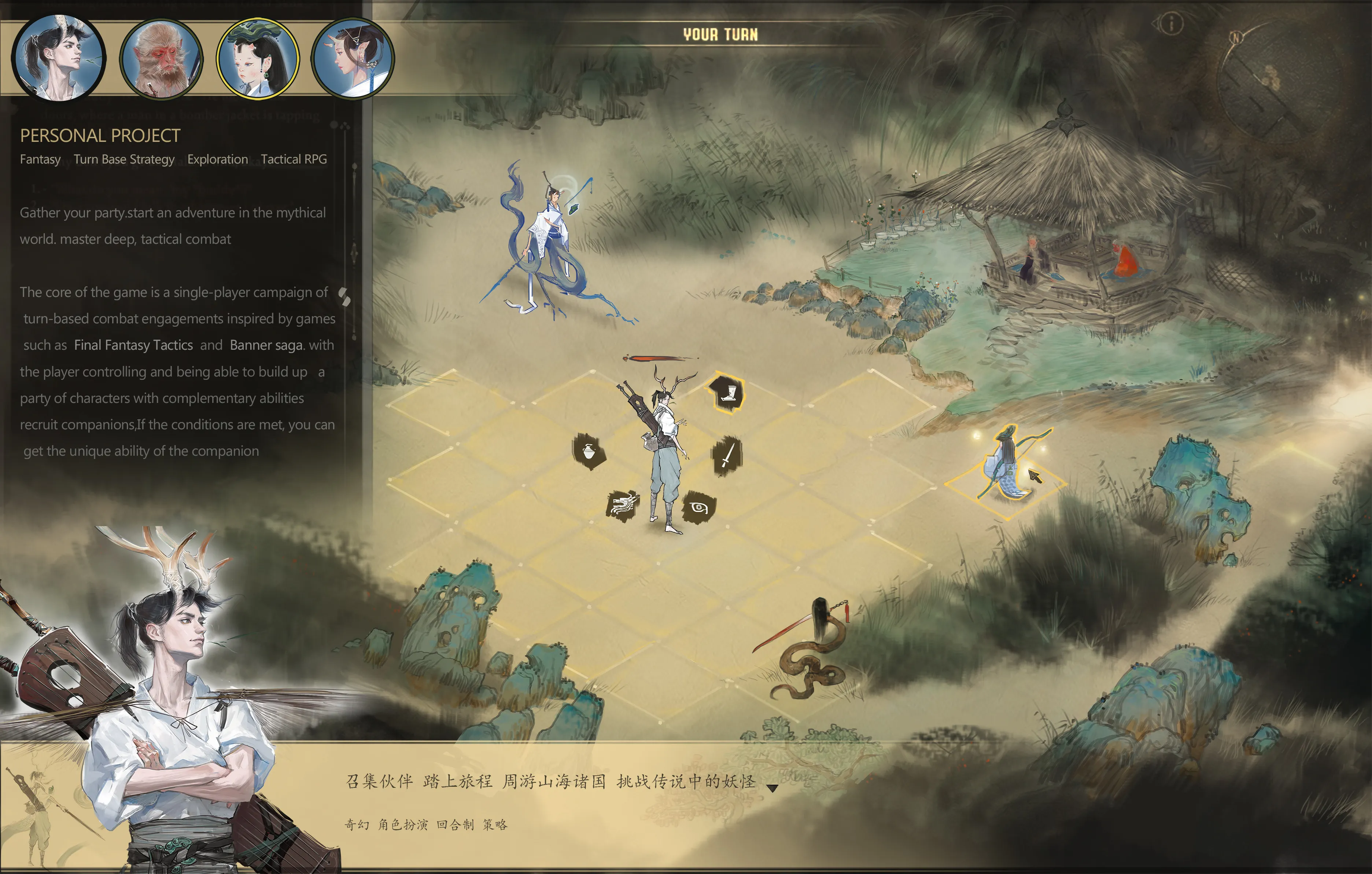
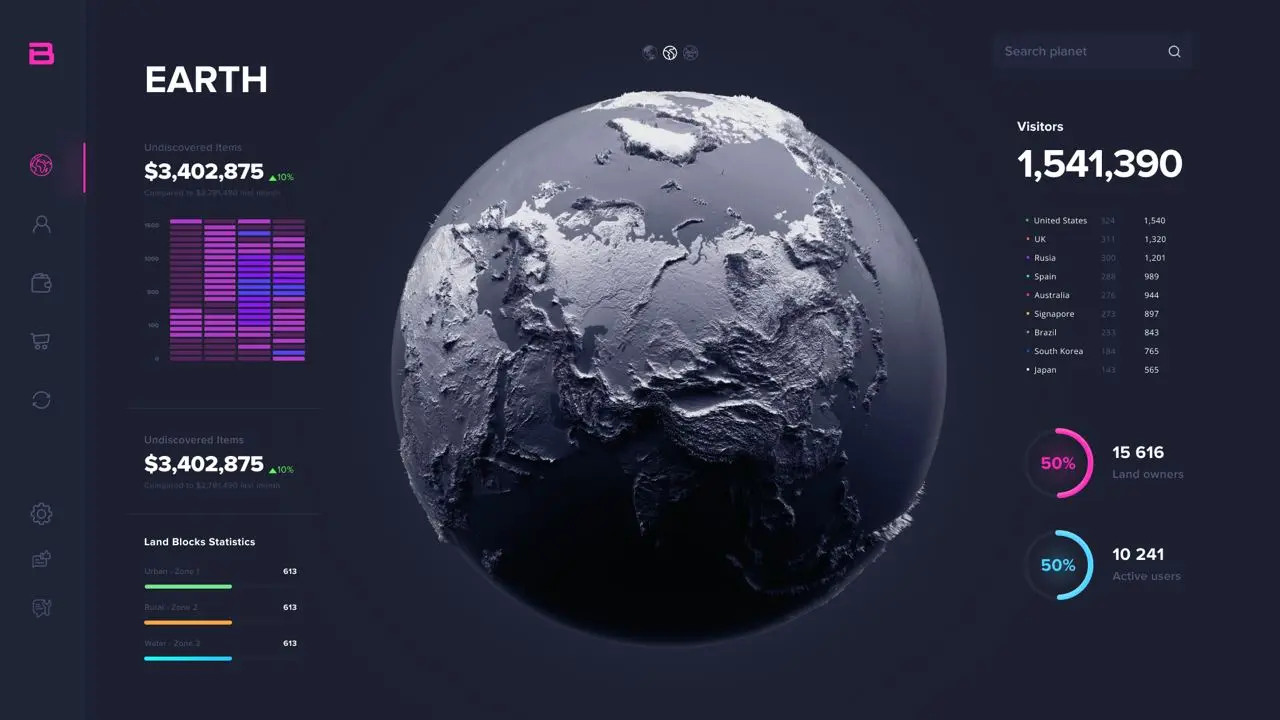
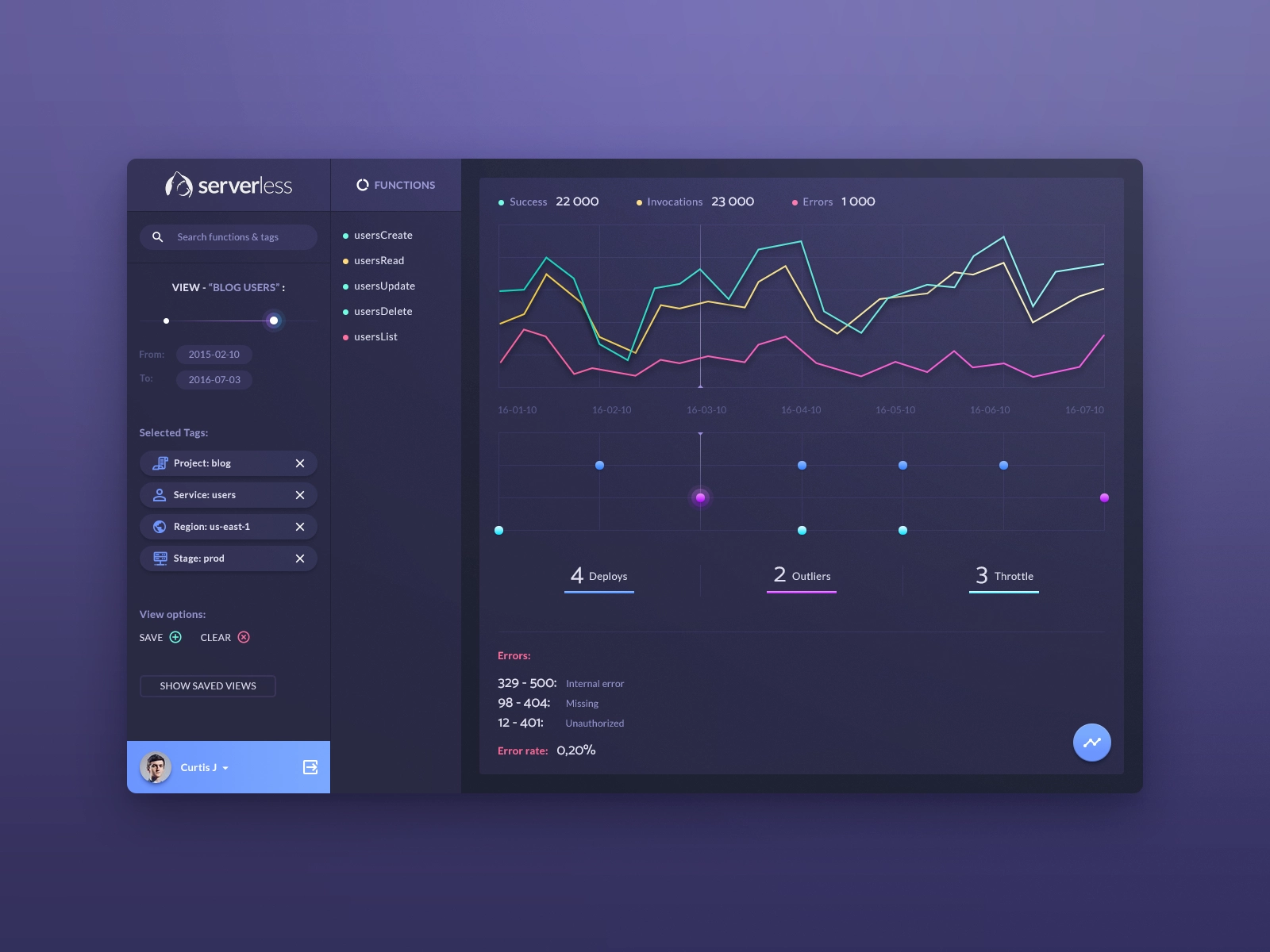
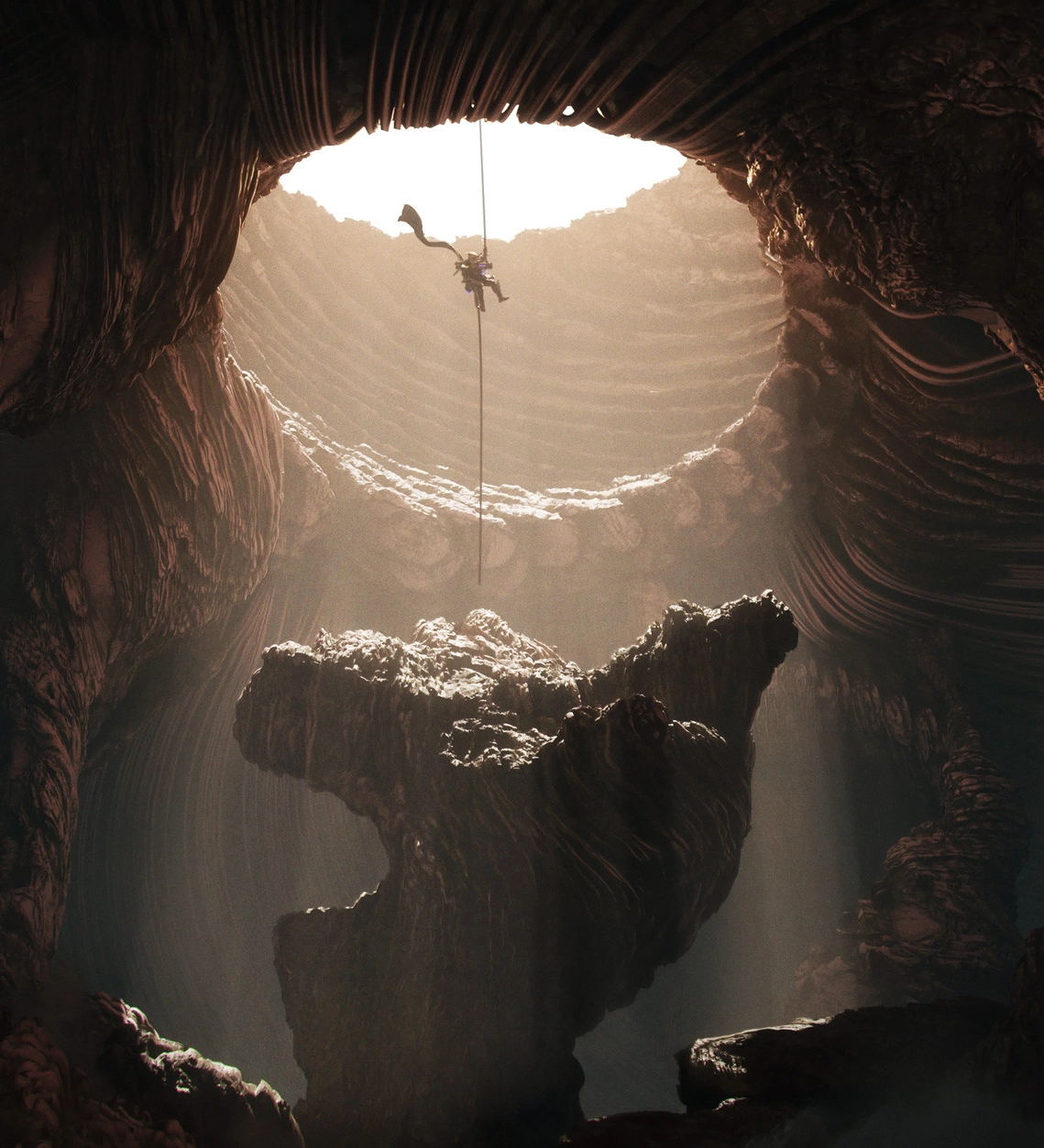
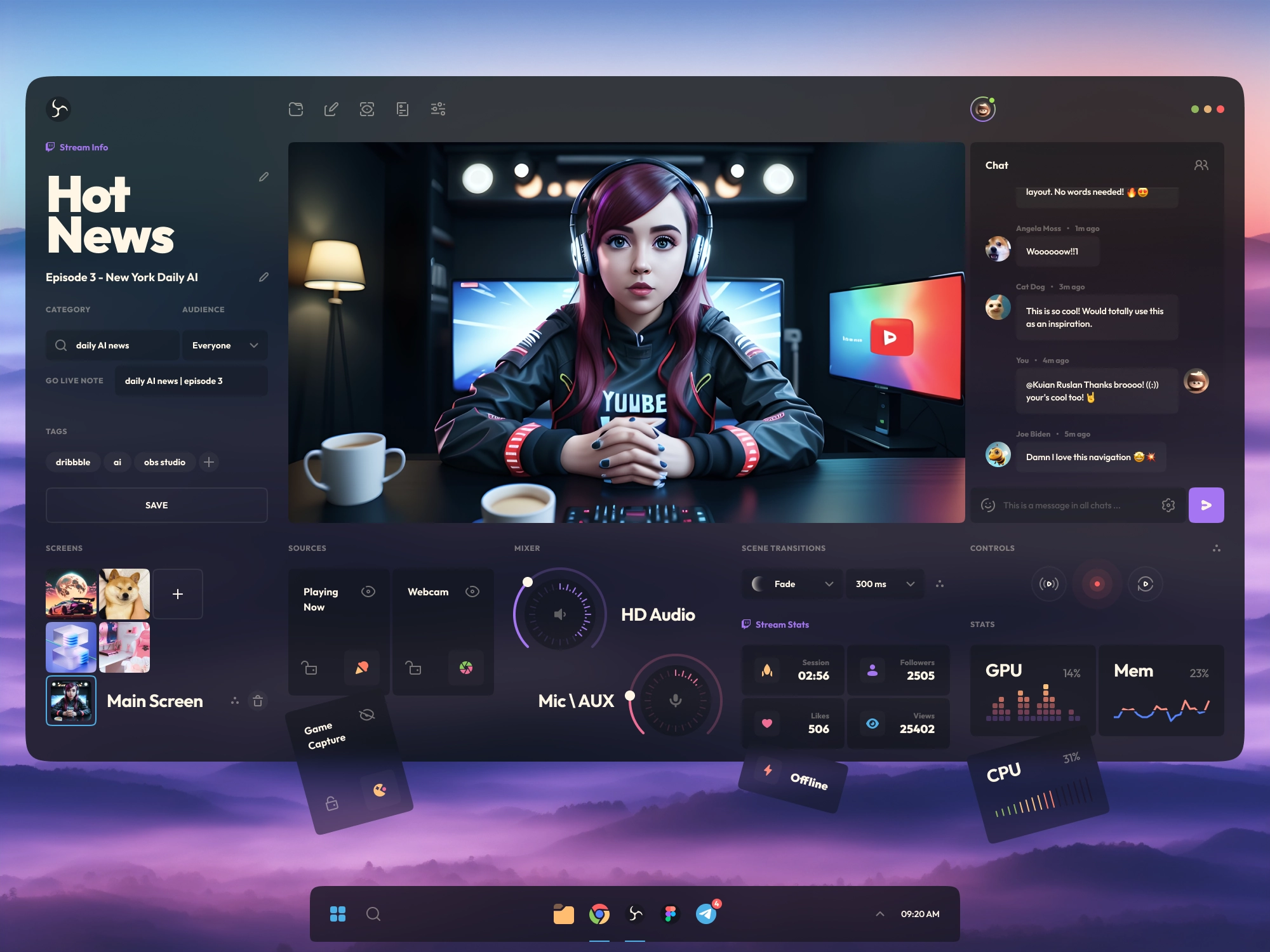
 Telegram
Telegram
 Whatsapp
Whatsapp